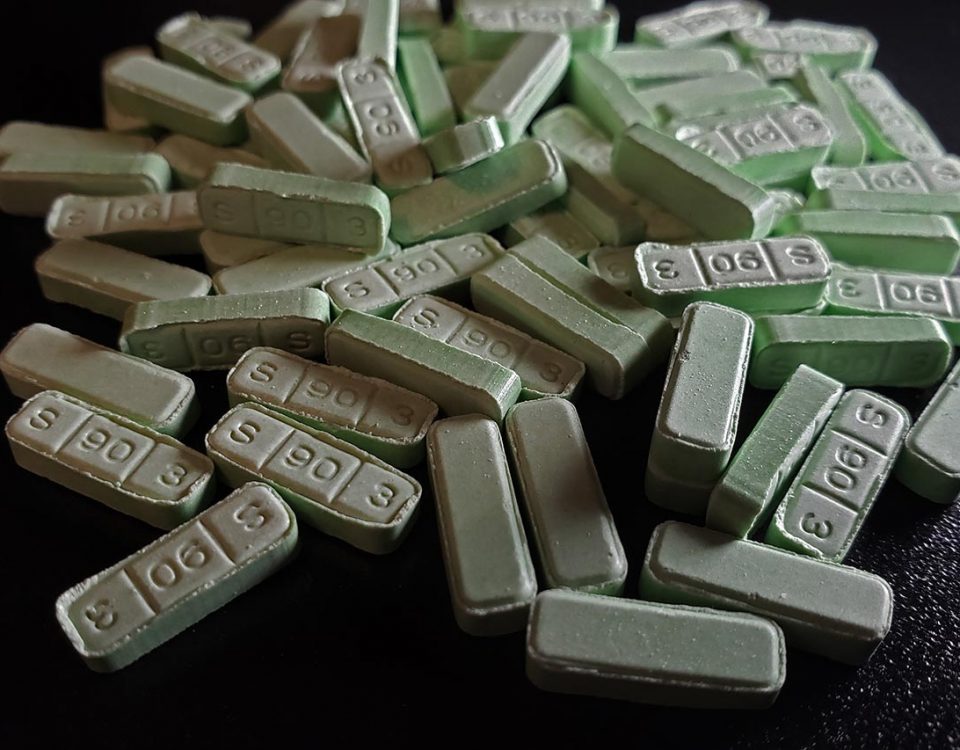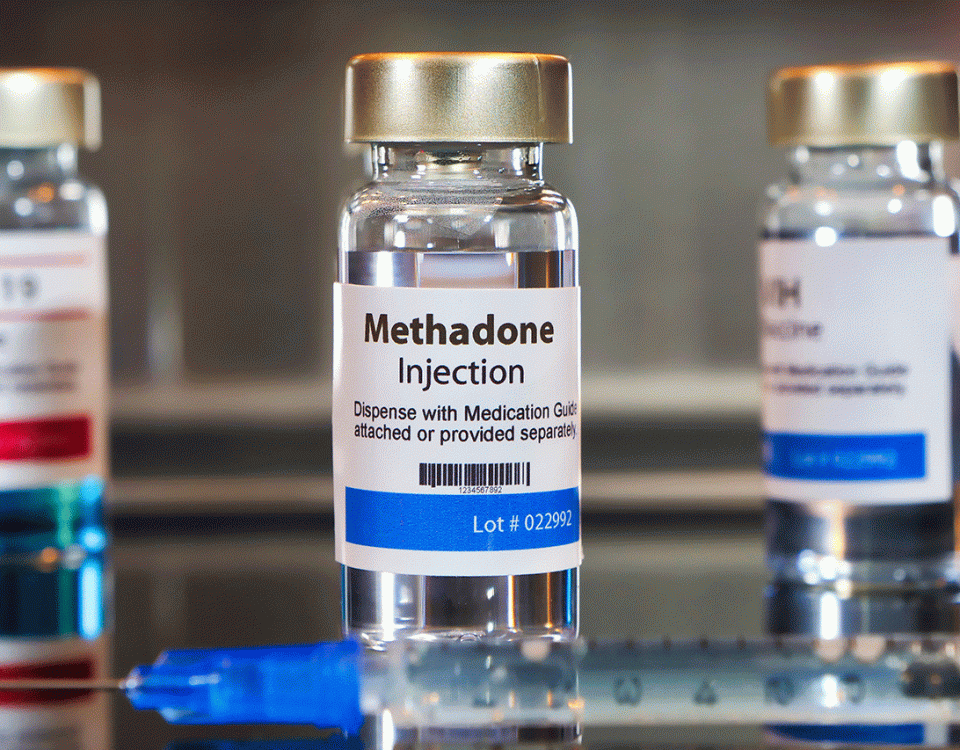In 2018, deaths from opioid overdose decreased by 4% from the previous year.1 Since then, unfortunately, the statistics have not looked as promising. New drugs, such as fentanyl, are making drug use more dangerous, and statistics show this is a growing concern. Banyan’s rehab near Boston is taking a look at Massachusetts opioid overdose rates, how they have shifted over time, and the most effective ways of addressing these issues.
Fighting the Massachusetts Opioid Epidemic
In 2004, opioids overtook alcohol as the most abused substance in Massachusetts, with many people facing struggles with painkillers and heroin.2 The state has taken steps to fight the growing epidemic, increasing funding for treatment programs. Since 2015, state spending related to fighting opioid addiction has grown by almost $150 million.1 This includes steps such as:
- Easing access to Narcan
- Funding treatment services
- Educational campaigns
- New courses for proper prescribing methods for doctors
- Size limits for prescriptions
These efforts have eased access to resources for heroin addiction treatment in Massachusetts, making it easier for addicts to get help in finding sobriety. With the added help of naloxone, aka Narcan, overdoses are being treated on the spot.
What Is Naloxone?
Naloxone is a drug that is utilized to quickly reverse an opioid overdose. As an opioid antagonist, it will bind to opioid receptors in the brain to effectively reverse the effects of substances like fentanyl, heroin, and morphine. It is typically used as a nasal spray or intravenously. It should be given as soon as someone is showing signs that they are overdosing on opioids. That being said, it is only meant to act as a temporary solution, bringing the person down from the life-threatening toxicity levels that they are suffering from.
The Rise of Fentanyl
Though statistics on the Massachusetts opioid epidemic are promising, they also show that fentanyl is becoming a bigger problem throughout the state. Since 2016, fentanyl has been responsible for more overdose deaths than other opioids, such as heroin. Many addicts are using fentanyl without knowing it – the drug is mixed into heroin, counterfeit prescription pills, and other opiates to reduce costs to illegal drug makers. Because fentanyl is dangerously potent, it can cause opioid overdose far faster and more severely than other opioids.
Is the Opioid Epidemic Increasing or Decreasing?
According to 2022 data from the state government, Massachusetts opioid overdose rates have increased by roughly 9% since 2016 and are 2.5% higher than in 2021.3 Of the 2,160 opioid deaths that occurred in 2022, 93% of results indicated the presence of fentanyl, 53% for cocaine, and 11% illustrated prescription opioid abuse.3 These statistics highlight the pervasive influence of potent substances like fentanyl and underscore the urgency of addressing this ongoing public health crisis.
What Are the Signs of Opioid Overdose?
An opioid overdose is a serious medical emergency that has to be treated right away. An individual's life may be saved if they can recognize the symptoms of an overdose.
Opioid overdose symptoms may include:
- Slow or shallow breathing: A dramatic drop in breathing rate, frequently to the point where it becomes dangerously slow or shallow, is one of the most obvious symptoms of an opiate overdose.
- Unresponsiveness: People who have overdosed may stop responding to stimuli or attempts to wake them up.
- Bluish lips or fingernails: This coloring, called cyanosis, is brought on by a deficiency in blood oxygen and is unmistakably a sign of a medical emergency.
- Pinpoint pupils: Even in dim light, an opioid overdose can cause the pupils of the eyes to contract to the size of tiny pinpricks.
- Extreme lethargy or inability to stay awake: An opioid overdose victim may display significant drowsiness or an inability to stay awake.
- Confusion or disorientation: They may appear disoriented or confused, struggle to comprehend or process information, or show indicators of mental fog.
- Weak pulse: During an overdose, a weak or erratic pulse might be a sign of a dangerously low heart rate.
If you see any combination of these symptoms in a person who may have been exposed to opioids, it is imperative to seek immediate medical assistance by calling emergency services or transporting the person to the nearest hospital. Keep in mind that time is of the essence in these situations and that taking quick action can save lives.
The safest way to avoid the dangers of fentanyl is to find sobriety with the help of a detox, rehab, and intensive outpatient program. Our team at Banyan Treatment Centers Massachusetts can treat your opioid addiction.
Call 888-280-4763 today to speak with a representative from our Banyan rehab in Massachusetts and get started on achieving a healthier, drug-free tomorrow.
Sources:
- Mass Live – Opioid overdose deaths in Massachusetts decline for second year
- Chapter 55 – The Massachusetts Opioid Epidemic
- The State of Massachusetts – Data Brief: Opioid‐Related Overdose Deaths among Massachusetts Residents
Related Reading









